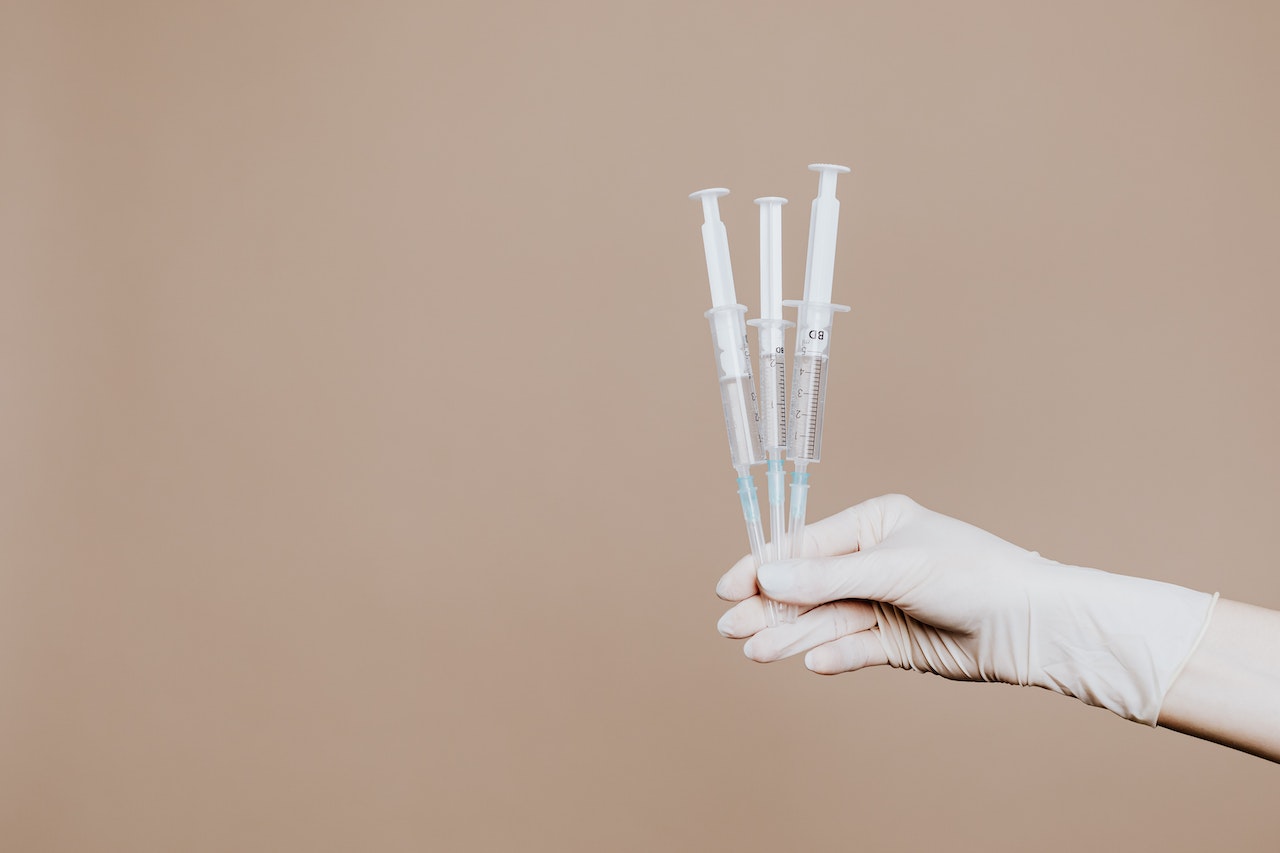
It bypasses the long journey through your digestive system and moves straight into circulation
When you swallow a pill, it travels a long road. Mouth to stomach to liver to bloodstream. This journey takes time. Enzymes interfere. Acids break things down. But injections skip all that. The medication is delivered directly into tissue or blood. No detours. No destruction. This makes the onset faster, the effect stronger, and the delivery more precise.
Intramuscular injections go deep, where rich blood supply pulls the drug quickly into action
Muscles like the deltoid or gluteus are full of blood vessels. When medicine enters that tissue, absorption is rapid. The drug diffuses into the bloodstream within minutes. That’s why vaccines and many antibiotics use this route. It balances volume, speed, and safety. The pain is brief, but the benefit is fast.
Subcutaneous injections form a slow pool under the skin but still beat oral onset times
This layer just below the skin has fewer vessels than muscle. But still more than your gut. Insulin, heparin, and other small-molecule drugs use this route. Absorption is slower than intramuscular, but more controlled. Less sharp peaks. Fewer side effects. Still quicker than waiting for a tablet to dissolve, break down, and filter through your organs.
Intravenous injections skip everything and go straight to the bloodstream with nothing lost
This is the fastest method. Zero absorption needed. The medication is already inside your veins. That’s why emergency rooms rely on IV lines. For sepsis. Stroke. Seizures. When minutes matter, you can’t wait for digestion. You go straight to the source. Blood carries the drug exactly where it needs to go.
Molecule size and structure decide how quickly an injected drug can act once it enters the body
Not all drugs behave the same. Some are small, water-soluble, and move fast. Others are large, complex proteins. These might take longer to act, even when injected. Bioavailability plays a role too. A drug’s design determines how much of it stays active. Scientists design injections to maximize this. More active ingredient. Less waste. Better outcomes.
pH levels and binding agents in injectable formulas are carefully adjusted for rapid tissue absorption
The formulation matters. A drug’s pH affects how it dissolves in tissue. Too acidic or basic, and the body resists. Stabilizers and buffers are added to help the drug slide into the bloodstream smoothly. Pharmaceutical chemists design the carrier fluid to match the body’s natural environment. The faster the blend integrates, the faster the relief begins.
Lipid solubility controls how well a drug slips through cell membranes and starts working inside cells
Cells have membranes made of fat. A drug that dissolves in fat crosses faster. That’s why some fast-acting injections are designed to be lipophilic. They pass through cell walls, trigger responses, and begin their action quickly. Drugs like diazepam or fentanyl rely on this property for their speed and strength.
The injection site matters—a shot in your arm won’t behave the same as one in your belly
Where the drug is placed changes its path. An intramuscular injection in the deltoid works faster than one in the gluteus. A subcutaneous injection in the abdomen may absorb slower than one in the thigh. Blood flow, fat thickness, and movement all affect how the drug spreads. Doctors choose the site carefully, based on urgency and drug type.
Temperature, movement, and hydration affect how quickly your body processes an injected medication
Cold muscles slow down absorption. Dehydration thickens your blood. Lack of movement stalls circulation. All these things matter after an injection. That’s why post-injection care often includes moving the limb, drinking fluids, or staying warm. Small things shift how fast a drug begins to help.
New delivery technologies now use micro-needles, patches, and smart injectors to boost speed and accuracy
Traditional needles aren’t the only option. Some injections now use microneedles—tiny tips that barely pierce the skin. Others use jet-injectors or wearable patches. Smart pens adjust dose based on your weight or blood sugar. These advances improve consistency. They reduce error. And they make fast-acting treatments even more reliable.
